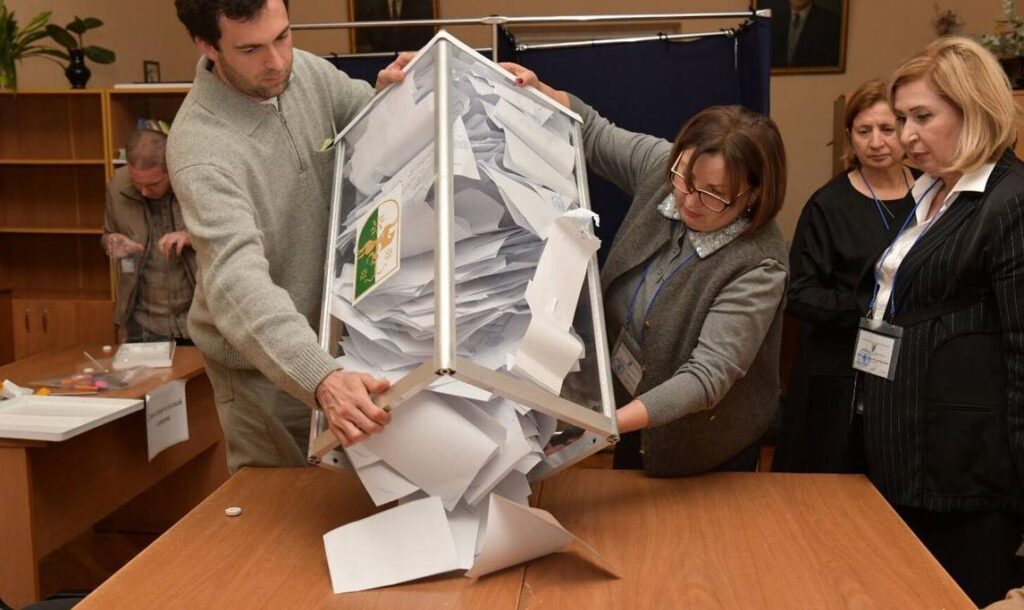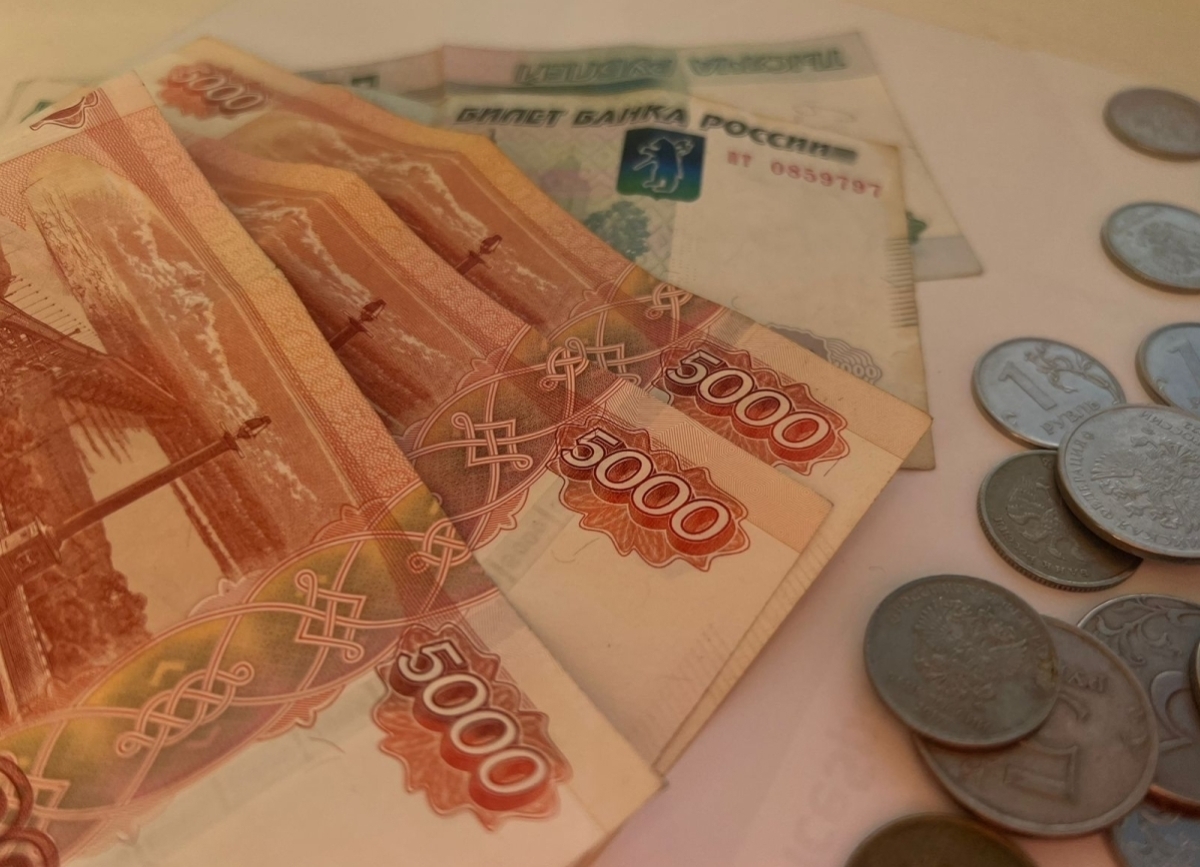Abkhazia’s Energy
Abkhazia faces a chronic electricity crisis that traditionally hits its peak severity during the winter. On the eve of the 2025 cold season, the de facto authorities vowed to prevent an energy collapse. However, a close look at the reality on the ground suggests their promises won’t bring optimism. Most political decisions are focused on long-term solutions, leaving the systemic, chronic issues of the region’s energy infrastructure unresolved today.
The Enguri Hydropower Plant (Enguri HPP) is Abkhazia’s principal power source. Yet, every year by December, the reservoir’s water level critically drops, sharply cutting the HPP’s generating capacity. Enguri HPP also supplies the rest of Georgia. Even though nearly all the power generated is diverted to Abkhazia during the winter crisis, local consumption remains so high that it still creates a critical deficit.
The causes of the winter energy crisis in Abkhazia are systemic and can be categorized into three main areas:
Critically Crumbling Infrastructure | According to 2024 local assessments, over 80% of the network infrastructure is in an emergency state. This critical decay leads to technical power losses – electricity wasted simply in transmission – that run as high as 25–27%. When consumption surges in winter, the stressed system suffers a spike in accidents at substations and transmission lines, further destabilizing the entire network.
Illegal Cryptocurrency Mining | Uncontrolled cryptocurrency mining places an anomalous and crippling load on the system. During crisis periods, the consumption from these illegal “farms” can consume up to half of the Enguri HPP’s daily output. This makes unregulated mining one of the key drivers of the critical electricity deficit.
Low Revenue Collection | This is a chronic problem that makes any network modernization or technical repair economically impossible. According to de facto authorities, consumers paid for only 48% of the electricity they used on average in 2024–2025. While this is an improvement of 10% over the previous year, it remains grossly insufficient. Crucially, less than a third of physical consumers actually make these payments. A different, more optimistic statistic was presented by the de facto Ministry of Energy: they reported that 52% of consumers paid for electricity during the first nine months of 2025, with September hitting a peak of 85.4%. Despite the clear inconsistencies between these figures, two facts stand out: payment collection statistics are improving, but the overall revenue level remains insufficient to sustain the system.
In this environment, the region is becoming even more energy-dependent on Russia, which for years has provided Abkhazia with electricity on a non-repayable basis. Solely during the 2020–2024 period, Russia supplied electricity valued at 10 billion rubles for free.
These relations are predominantly influenced by political environment and, consequently, unstable. A striking example was the situation in the second half of 2024, when Russia suspended financial, including free energy, assistance starting in September. At the beginning of the winter crisis, the de facto government was forced to purchase the deficient energy at commercial rates. However, in December, following an official request, Russia agreed to provide 327 million kWh of electricity without charge. This agreement pertained to 2025, but arrangements for 2026 supply have not been publicly announced.
The decisions adopted by the de facto authorities in 2025 are mostly focused on the long-term perspective and are unlikely to prevent the forthcoming winter crisis. The prohibition on the import and use of mining equipment was extended until December 31, 2026 . Despite this being an official measure of control, a high level of corruption reduces its effectiveness to a mere formality.
Electricity tariffs were raised as of January 1, 2025: the rate for physical consumers for household purposes was set at 2.2 rubles, while for cryptocurrency mining consumers it was 4.2 rubles. Notwithstanding slight progress in revenue collection (48% in 2024–2025), the process of installing individual metering devices is slow, allowing a significant portion of individual consumers to evade payment. No substantive changes in this regard occurred during 2025.
A new wave of tariff increases is expected from January 2026. The discussion centers on a potential threefold increase in tariffs. Specific statements from the de facto Ministry of Energy have not yet been released. In November, the agency published a text detailing the infrastructural works carried out throughout 2025. Separate attention is dedicated to tariff policy within this document. The de facto Ministry openly indicates the non-market nature of the existing tariffs, which can be viewed as a preliminary hint regarding future increases.
Regarding long-term planning, in August 2025, the de facto president tasked the government with developing a long-term Strategy for the development of the energy sector, including network renovation and the implementation of alternative energy sources. The deadline for this document is March 2026.
In the summer of 2025, Russian specialists conducted a technical inspection of the cascade HPPs in the Gali district, aimed at assessing their condition and the prospects for reconstruction, according to the de facto energy minister Batal Mushba. Nevertheless, the results of these assessments have not been publicly released. This, coupled with the strategy’s deadline, confirms the absence of concrete infrastructure modernization activities in 2025.
Based on the available information, it can be concluded that no substantive and qualitative steps were undertaken in the current year 2025 to prevent the anticipated energy crisis.
According to the management of “Chernomorenergo”, a decline in electricity consumption was observed in 2025. Furthermore, compared to the same period last year, no water deficit is noted in the Enguri HPP reservoir. Based on these and other factors, the company’s General Director, Temur Dzhindzholia, does not forecast an energy crisis or the implementation of rolling blackouts during the 2025–2026 winter.
This reassuring prognosis is based on the assumption that electricity consumption will not increase in the winter and that the water level in the reservoir will not fall below the critical mark. The accuracy of this forecast remains to be seen, but in the event of a crisis, the primary method of mitigation will likely once again be an appeal to the Kremlin for assistance. The receipt of free electricity is directly dependent on political circumstances and relations.
The Kremlin’s open support for Badra Gunba ahead of the elections may serve as the only reassuring factor. However, such political dependency is fraught with risks: the energy crisis provides Moscow with effective leverage to more actively demand that Sukhumi adopt laws related to Russian investments or other contentious issues.
Without large-scale Russian investments and a substantive modernization of the infrastructure, Abkhazia is highly likely to face a severe energy crisis this winter. The fight against mining and the raising of tariffs cannot effectively substitute for resolving the chronic and deep-seated systemic problems.
Abkhazia’s Energy


